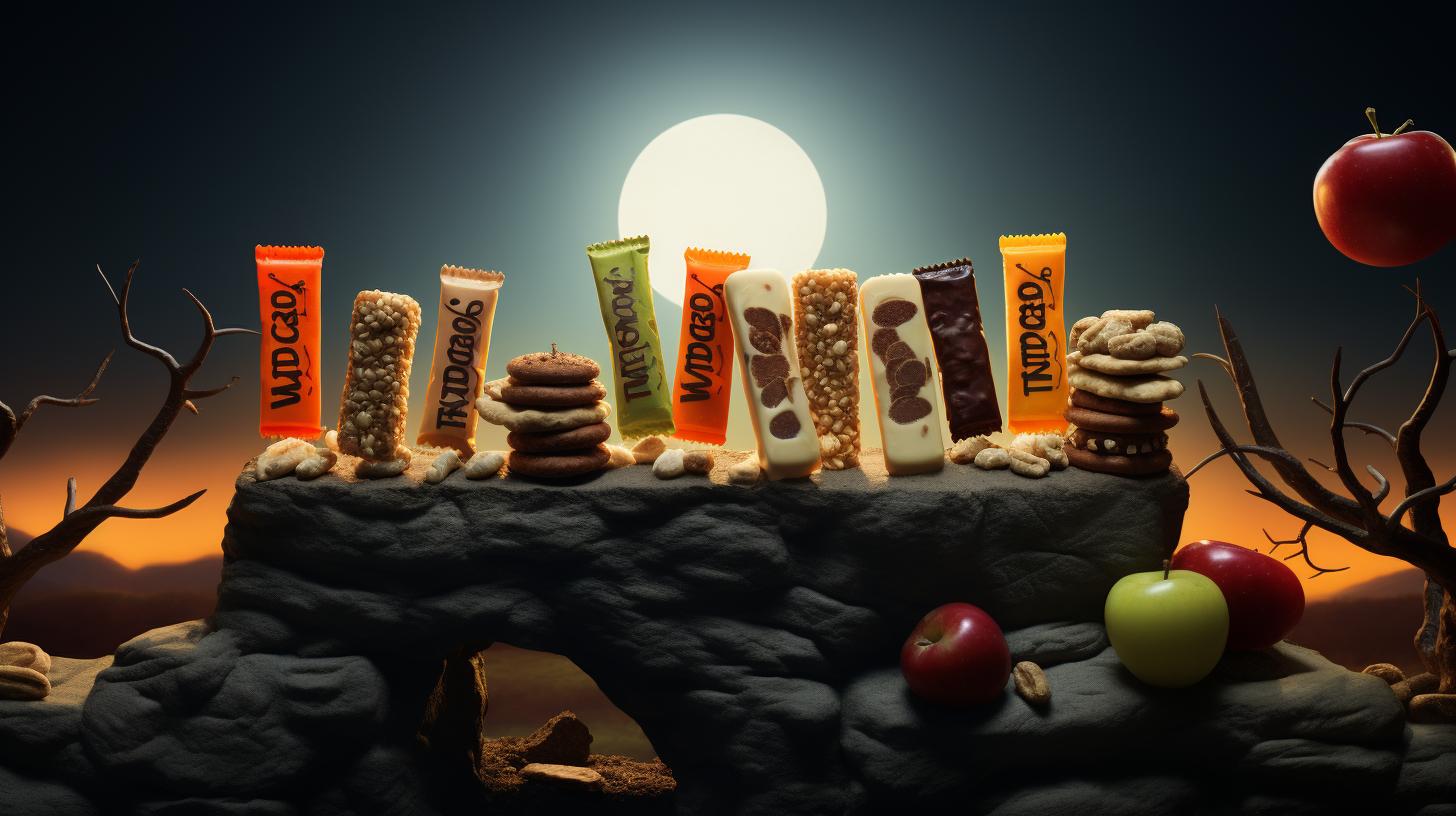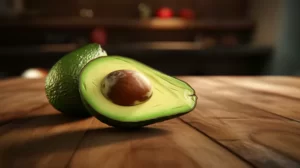Did you know you might be unknowingly consuming a domesticated form of poison every single day, hidden in your favorite healthy snacks?
Yes, you read that right. The healthy snack you’re probably reaching for in that midday slump or after a strenuous workout might not be as healthy as you believe. We’re talking about supposedly “healthy” snack bars, often marketed as nutritious and easy alternatives to junk food.
These bars initially made their debut on the food scene as an effective way to get your daily dose of nutrition, packed into a handy, portable snack. They were aimed at health-conscious consumers, gym enthusiasts, and people too busy to sit for a full meal. They promised a balance of protein, fiber, vitamins, and minerals, with a side of convenience.
But dig a little deeper, and you’ll discover that these seemingly innocent bars might be wolves in sheep’s clothing. Unbeknownst to many consumers, hidden realities and obscured facts about snack bars have started to emerge from the land of food science research. These surprising subtleties demand our immediate attention.
Let’s get to the heart of the matter – what makes these so-called healthy snack bars hazardous?
It all starts with shocking sugar levels. The World Health Organisation recommends a maximum of 25 grams of added sugar a day. But you would be astounded to know that many popular snack bars contain almost 20 grams of sugar, inching dangerously close to the maximum limit. Interestingly, many of these bars marketed as ‘nutritious’ or ‘healthy’ contain more sugar than a standard chocolate candy bar.
The problem manifest itself in discreet names. Instead of straight-up sugar, you see components like corn syrup, agave nectar, brown rice syrup, fruit juice concentrate, or honey on the ingredient list. These are all varying forms of sugar that have been artfully hidden in the guise of healthier-sounding names. And while they might sound natural and innocent, your body metabolizes these sugars the same way (read: still unhealthy).
Protein is another culprit. We all know that protein is absolutely essential for our bodies. But how do companies pack their bars with such high levels of protein? The answer is – protein isolates. These are proteins stripped of their nutritional cohorts, like fiber, antioxidants, and other vitamins and minerals, resulting in a pure protein devoid of its naturally occurring nutrients. In other words, they are an oversimplified, unnatural version of protein that your body might have a hard time processing.
Next up – artificial sweeteners and alcohol sugars. These are often used to reduce the sugar content of the bars while keeping them sweet and flavorful. But these substances can cause an array of gastrointestinal issues, from gas and bloating to severe abdominal pain.
So with all these hidden dangers found in snack bars, what’s a health-conscious consumer to do?
The answer lies in the age-old saying – knowledge is power. Being aware of what’s in your food is the first step in maintaining a healthy diet. Here are some tips to help you make healthier choices when picking snack bars:
1. Look for bars with whole foods as the primary ingredients. These could be whole grains, nuts, seeds, dried fruits, and similar items. These ingredients are much better for your body and usually signify a healthier option.
2. Check the sugar content. Remember, not all sugars are created equal, and keep that 25 grams a day limit in mind.
3. Look for bars with a good balance of protein, fiber, and healthy fats. Healthy doesn’t mean protein-packed, it means balanced.
4. Avoid artificial sweeteners and alcohol sugars as much as possible.
5. Lastly, whenever possible, opt for fresh, whole food. Natural is always best.
Snack bars are not inherently evil. But, like any processed food, it’s essential to understand what you are putting into your body. Making educated decisions about your food can make all the difference in your health. So let’s empower ourselves with knowledge and commit to making informed decisions about our diet, our health, and ultimately, our lives.



